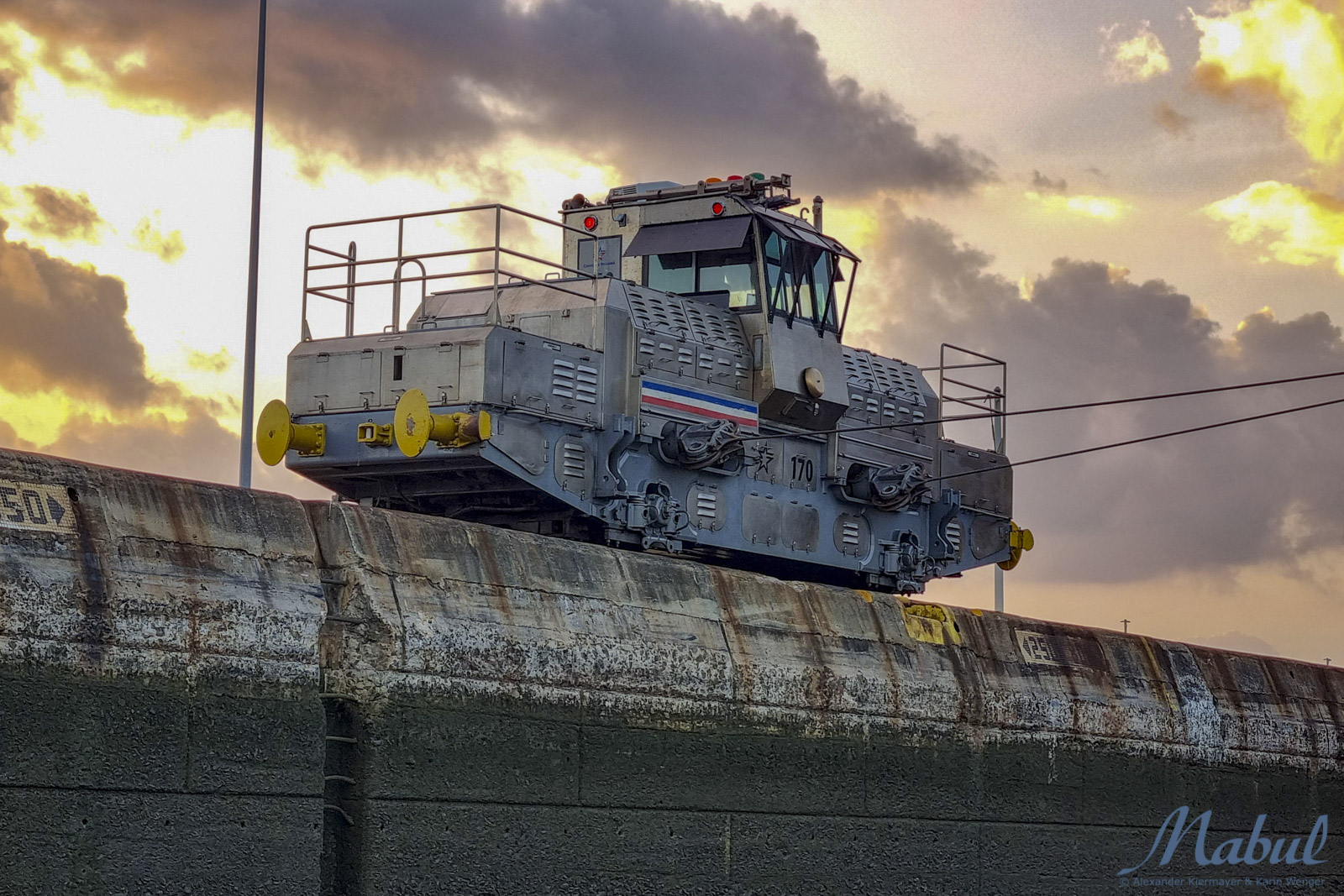The Panama Canal is one of the most important bottlenecks for international shipping. Approximately five percent of world trade is now handled through the canal, and two thirds of all ships that pass through the canal come from or go to the USA. Thanks to the Panama Canal, international shipping routes have been shortened by weeks or even months. Merchant ships, cruise ships, sailing ships and warships no longer have to sail around Cape Horn, which is feared as a ship graveyard with its wild storms and untameable waves, but can cross the continent in a day. The canal is fed with fresh water from two reservoirs: Lake Gatún and Lake Alajuela. These also supply the two million Panamanians who live in the center of the country. The population and the ships compete for the water. For a long time, this was no cause for concern, as tropical Panama is one of the rainiest countries in the world and the reservoirs were always well filled. However, everything changed last year with the El Niño climate phenomenon.
Published in the magazine “Reportagen”, issue #77.







